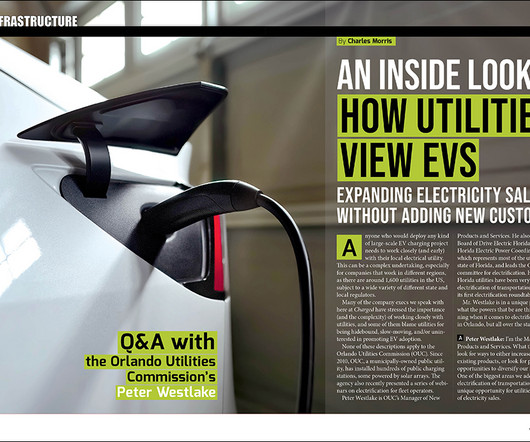Who Really Invented the Thumb Drive?
Cars That Think
DECEMBER 10, 2022
That device, now known by a variety of names—including memory stick, USB stick, flash drive, as well as thumb drive—changed the way computer files are stored and transferred. Good-bye, floppy disk Before the invention of the thumb drive, computer users stored and transported their files using floppy disks. It was called the ThumbDrive.











Let's personalize your content